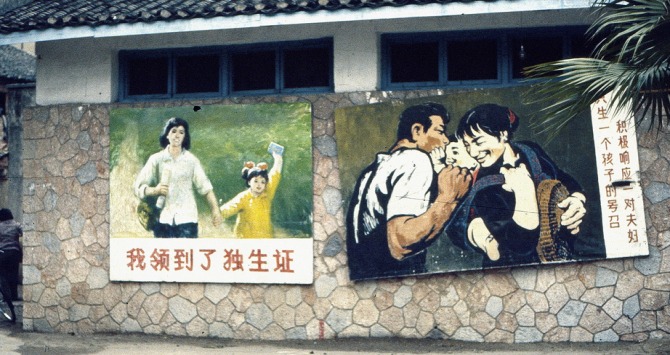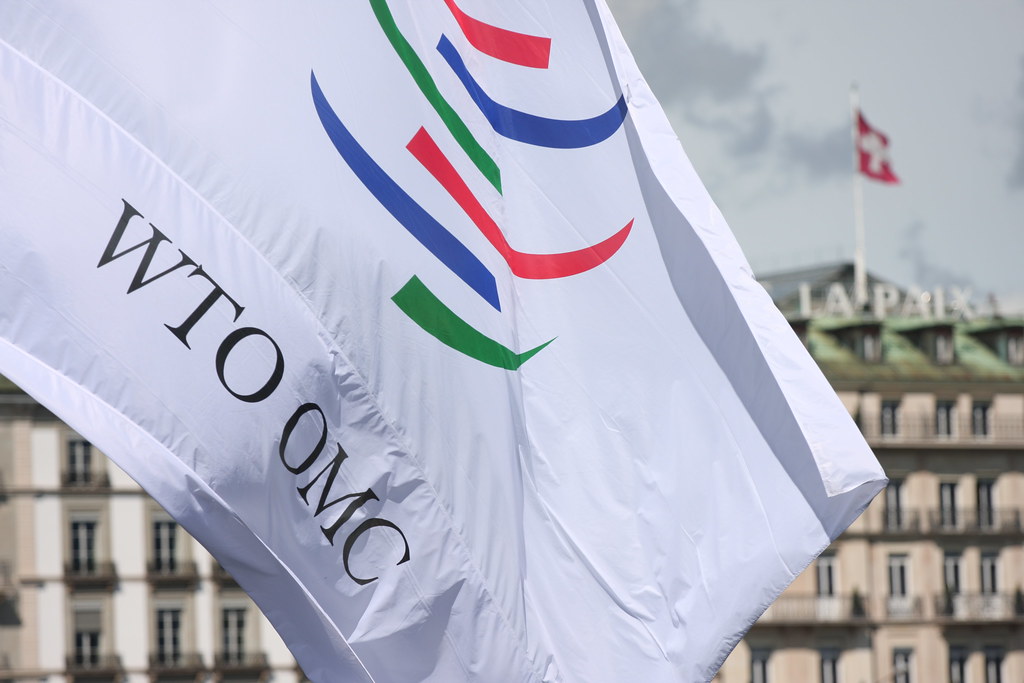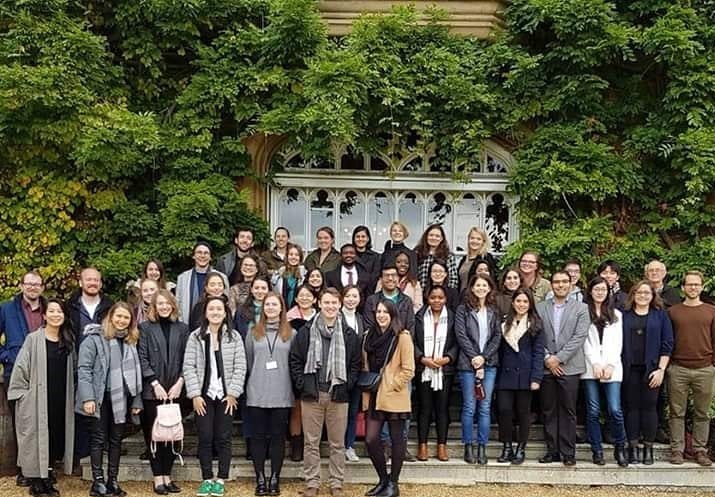The Malaysian government is currently distributing e-wallet credits to 15 million eligible recipients under its first-ever “e-Tunai Rakyat” (People’s e-Cash) initiative. MSc Development Studies alum, Imran Hakim Mohamedsha, explores its ongoing implementation.

Last October, Malaysia’s Minister of Finance, Lim Guan Eng, announced several allocations in his 2020 Budget Speech that reflected the government’s aspirations to transition to a digitalized economy. Under the “Driving Economic Growth in the New Economy and Digital Era” pillar, RM28.7 billion/£5.3 billion, or 9.6% of the estimated 2020 federal expenditure, is earmarked to facilitate the growth of digital entrepreneurship. From those, RM450 million/£83.3 million was allocated to the “e-Tunai Rakyat” (ETR) initiative, a one-off RM30/£5.55 fiscal stimulus in the form of electronic wallet (e-wallet) credits. All Malaysians aged 18 years and above with an annual income lower than RM100,000/£18,500 are eligible to receive such credits. Merely a week into its three-month long deployment, almost a quarter of the total allocation has been redeemed and spent on groceries, telecommunications, transportation, and food.
First of its kind in Malaysia, this scheme offers a unique insight into the ongoing embeddedness of technology in the economy and public sphere. With a median age of 28.6 years and a national internet utilization of 87.4% in 2018, Malaysia’s youthful and tech-savvy demographics form a wide consumer base that is ripe for the picking in the digital economy. There are also economic motivations in justifying Putrajaya’s decision to facilitate the adoption of cashless transactions: the average annual growth rate of the digital economy has outpaced that of the physical economy in recent years. Transitioning toward a digital-driven economy can also help drive entrepreneurship, especially within the informal sector and small and medium enterprises (SMEs), in at least two ways: reducing the cost of doing business through faster transaction and lower cash-handling expenses and increasing the likelihood of business opportunities with diverse alternative payment mechanisms.
However, the effectiveness of this initiative is arguably hampered as it is both too exclusionary and universal. The emphasis on e-wallets does not only exclude eligible non-smartphone users, but also SMEs that lack the digital infrastructure or capacity to establish e-wallet platforms – possibly the two groups who the ETR was meant to assist the most. This limitation is potentially exacerbated in areas with lower mobile internet penetration (e.g., rural areas) and among non-internet users (e.g., the elderly).
Potential users and merchants could also be discouraged to participate in this scheme given the short familiarization period of only three months between its announcement and deployment. The unfamiliarity and security concerns surrounding e-wallets are exemplified when only 8% of Malaysians use e-wallets in 2019, with almost half of non-users being concerned of their security features. Similarly, despite the existence of 46 e-wallet providers in Malaysia, this initiative is only redeemable through three operators: Singapore-based Grab and locally-based Boost and Touch ‘n Go. Even though four criteria have been outlined as the basis of their selection, this approach essentially excludes smaller e-wallet providers from leveraging on the aggressive push towards the digital economy – and hence, the resources that are tied with such a policy.
On the other hand, the fact that one in two Malaysians are eligible for the ETR suggests that the qualifying income threshold of less than RM100,000/£18,500 is too high. In comparison, the annual median individual wage in 2018 is approximately RM28,000/£5,200 while the median annual household income of the middle 40% of the population in 2016 is approximately RM75,000/£13,900. Although universality minimizes the likelihood of targeting the wrong group or excluding the right group from imperfect targeting, it also reduces the amount of per-capita transfers due to the larger number of qualified beneficiaries. In a country where the mandated minimum wage is RM5.77/£1.08 per hour, the current amount of ETR would only be a drop in the ocean for the lowest earners.
To address these concerns, the parameters of the ETR can be both expanded and reduced accordingly. Incorporating SMS-based mobile payments, such as the Kenya-based M-Pesa, as an option alongside e-wallet credits should retain the ethos of a cashless society while preventing financial exclusion along technological lines. Familiarity with the SMS system and the (relative) ease of establishing the corresponding platform can then incentivize a greater adoption of electronic transactions, even among the elderly. Moreover, including smaller e-wallet operators in the initiative could also provide the necessary resources to sustain their participation in the digital economy, and thus, encourage a healthy competition against the industry’s established players.
From the perspective of increasing welfare among the targeted recipients, the qualifying income threshold must be re-examined to ensure a more substantial assistance to the lower-income group. One recommendation is to tighten the ETR’s eligibility to mirror that of the existing cash transfer programme, the Household Living Aid (BSH), which benefits nearly four million people. Given that the government already has data on existing welfare recipients, potential administrative costs associated with welfare targeting should be minimal. A back-of-the-envelope calculation then suggests that this approach would increase the amount of credits distributed to RM112/£21 each, or almost four times more than the current amount, from the same allocation of RM450 million.
As of now, the government has kept mum on the future of the ETR. Ongoing measures to reduce the national debt pose a stumbling block for its potential expansion or continuation. Despite such fiscal constraints, it is possibly in its best interest to keep this ball rolling. An enhanced ETR will not only align with the government’s intention to empower the digital economy, but also capitalize on the golden opportunity to widen the discourse on intertwining service delivery with digitalization.
Imran Hakim Mohamedsha (@imhakim734) is currently based in Malaysia. He graduated with a BA in Economics and Political Science from the University of Michigan, Ann Arbor, in 2016 and an MSc in Development Studies from LSE in 2018.
The views expressed in this post are those of the author and in no way reflect those of the International Development LSE blog or the London School of Economics and Political Science.





